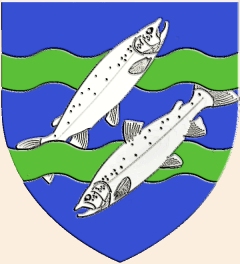 |
|
THE CITY OF MONT SAINT MICHEL
|
In the 15th century, the construction of the defensive system of the abbey being completed, the protection of the city was considered. Three doors defend the entrance of the city. The first, attached to the bourgeois guard (where today is the Tourist Office) is known as the Advanced door. His defenses are sketchy. The second gate, defended by a redoubt and a half-moon, called the door Boulevard. The most defensive door is undoubtedly that of the king, protected by towers Arcade and King, it could hardly be taken as a drawbridge and portcullis barred the way.
See the main street in the early 20th century : Photo de la Grande Rue du Mont 1 - Photo ancienne de la Grande Rue du Mont 2
|
|||
|
|||
|
|
|||
| Monastère Roman| Eglise Abbatiale| Carte| Désensablement| La Question de l'Insularité du Mt StMichel| Le Mont Saint-Michel en Photographies en 1898| Notice Historique sur le Le Mont Saint-Michel| Histoire du Mont | Abbaye Mont St Michel| Cloître du Mont| Dates de construction| Liste des Abbés| Plans du Mont St Michel| Promenade dans la ville| La Mère Poulard| Carte de la baie| Photographies| Photos Anciennes| Guide "Escapade au ..."| Wallpapers Mt St Michel| Les Prisons du Mont ...| Guide ... par P. Gout| Le Mont Saint-Michel pour les croisés| Confrairie des ...| Mont et ses Merveilles| Autour du Mont| Maupassant Legende| Les belles légendes ...| Bibliographie| Foire aux questions| Mont St-Michel en relief| Les légendes ...| | |||
|

Recherche personnalisée
|
|||





